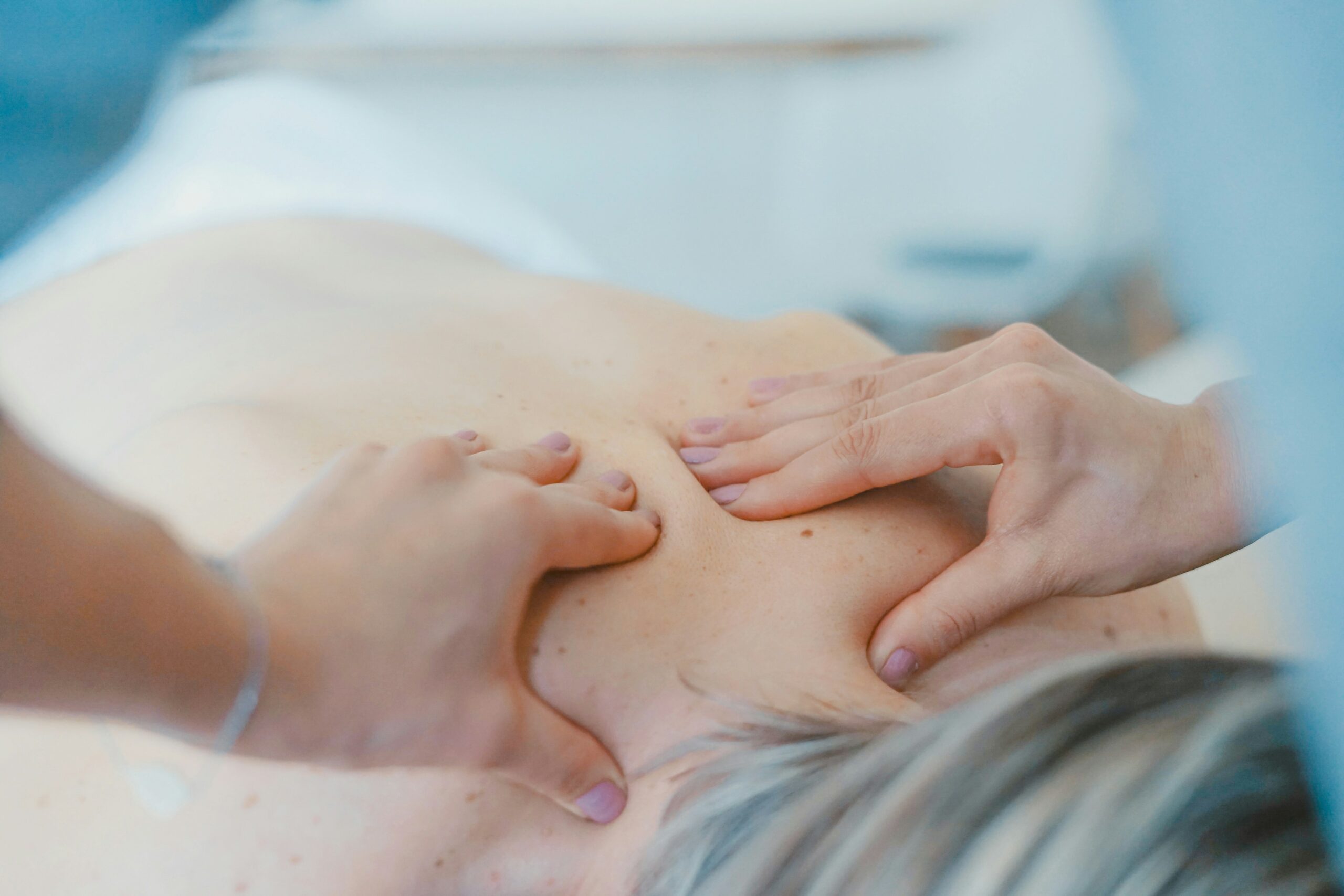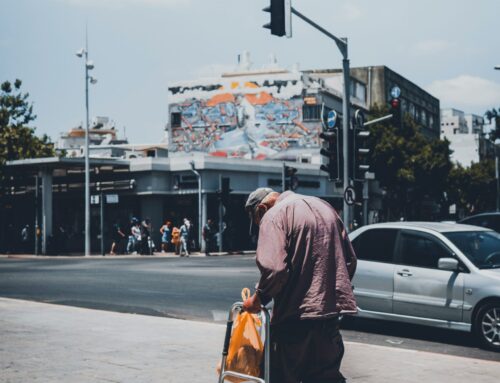**The Significance of Classical Massage Therapy in Physiotherapy: A Deep Dive**
Classical massage therapy is often synonymous with relaxation and wellness. However, behind the apparent surface of scented candles and gentle music lies an impressive and often underestimated therapeutic power. Particularly in physiotherapy, classical massage therapy plays a central role that extends far beyond what is commonly perceived as mere relaxation.
**Mechanism of Action of Classical Massage Therapy:**
The mechanism of action is multifaceted and profound. On a mechanical level, targeted techniques and maneuvers relieve muscle tension and improve circulation. This not only optimizes the supply of oxygen and nutrients to the tissues but also facilitates the elimination of metabolic by-products. These physiological effects significantly contribute to pain relief, improved mobility, and enhanced regeneration.
Furthermore, classical massage therapy also affects neurological pathways. Stimulation of skin receptors and nerve endings during massage can promote the release of endorphins and other neurotransmitter-like substances. These endogenous “feel-good” hormones not only have analgesic effects but can also enhance overall well-being and reduce stress.
**Benefits in Physiotherapy:**
In physiotherapy, classical massage therapy is employed as an integral component of many treatment plans. It serves not only for acute pain relief but also for long-term improvements in mobility and functionality. Especially in cases of muscular issues such as back pain, neck tension, or sports injuries, massage can make a significant contribution to recovery.
Another crucial aspect is the role of CMT in injury prevention and health promotion. Regular massage sessions can address muscular imbalances, improve posture, and minimize the risk of injuries. This renders it a valuable tool not only in rehabilitation but also in sports medicine and corporate health promotion.
**Differentiation from Wellness:**
A crucial distinction between classical massage therapy and pure wellness massages lies in their objectives and execution. While wellness massages primarily aim to provide relaxation and enjoyment, classical massage therapy focuses on targeted treatment of muscular issues and health promotion. It is administered by specially trained physiotherapists who possess a thorough medical understanding and can create individualized therapy plans.
**Conclusion:**
Classical massage therapy is much more than a luxury indulgence occasionally sought for relaxation. It is an effective therapeutic instrument that holds a firm place in physiotherapy. Its multifaceted mechanisms and broad application spectrum make it an indispensable component in the treatment of muscular issues, injuries, and the promotion of overall well-being. It is crucial to recognize its value and efficacy and to acknowledge it as an integral part of a holistic approach to health promotion.






